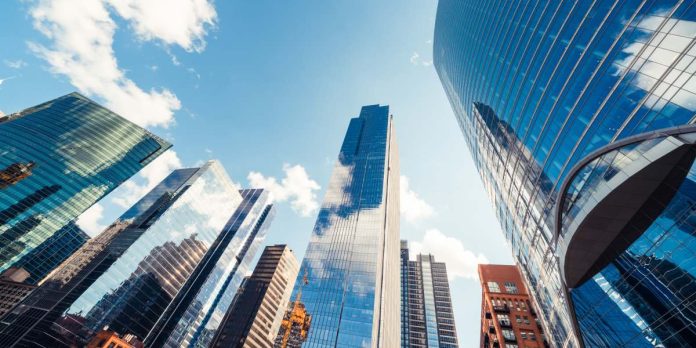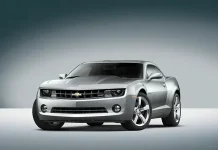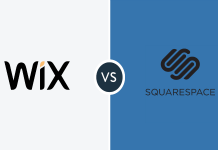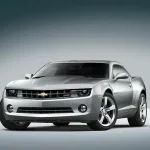Table of Contents
Smart glass technology has quickly transformed from a novel concept to a key part of modern architectural design. At its core, smart glass, also known as switchable glass, is a revolutionary material that alters its light transmission properties with the application of an electrical charge. This changeable feature can switch the glass from transparent to opaque, or vice versa, allowing for control over privacy, natural lighting, and thermal regulation within a space. The innovation is not just about aesthetics; it offers practical solutions for energy conservation. The technology harnesses the power of electrochromic, photochromic, thermochromic, or liquid crystal technology to achieve its changing capabilities, making it an exciting addition to the architectural toolkit.
In Los Angeles, a city famed for its forward-thinking design and architectural grandeur, the transformation of architecture is a constant process of adaptation and ingenuity. The city’s architectural array is a canvas of eclectic styles, showcasing an assortment of designs from the sleek, futuristic lines of contemporary buildings to the timeless charm of Spanish revival architecture. Professional LA architects have always embraced cutting-edge technology and materials to reimagine the functionality and aesthetic appeal of buildings. The inclusion of smart glass in Los Angeles’ modern designs offers a lot of potential, marrying the city’s penchant for creativity with the practical benefits of sustainable building practices.
Smart Revolution: Reshaping L.A.’s Skyline with Innovative Glass Technology
Smart glass, a technological marvel, is a type of glazing that has the ability to change its properties such as light transmission, controlling the amount of heat and light that passes through. This intelligent glass can shift from transparent to opaque with just the flip of a switch, a tap on an app, or easily adapt to the changing light conditions automatically.
The benefits of smart glass extend far beyond its impressive functionality to include energy efficiency and a sleek aesthetic appeal. By reducing the need for artificial lighting and air conditioning, it lowers energy consumption, helping buildings meet stringent energy standards while contributing to the environmental well-being of the city. The futuristic appearance of smart glass can transform the architectural character of Los Angeles, merging the city’s renowned creativity with a commitment to sustainability.
The Environmental Imperative
In Los Angeles, a city renowned for its iconic skyline and vibrant culture, smart glass technology also helps in the battle against climate change. This material is not just a design marvel but also a central element in the sustainability efforts sweeping across the city.
By intelligently regulating the amount of heat and light that permeates buildings, smart glass reduces the need for artificial cooling and heating, leading to fewer carbon emissions. Smart glass doesn’t just keep the interiors of buildings comfortable; it’s a key player in slashing the city’s overall carbon footprint. Los Angeles’s commitment to environmental excellence is embodied in its green building standards, which smart glass helps to fulfill and advance.
Architectural Aesthetics and User Experience
Architects are continuously redefining the LA skyline with a sharp eye on aesthetics and user experience. A key aspect of this transformation is the use of transparency and opacity controls within building designs. Such architectural features not only enhance the visual appeal of structures but also serve to mystify and engage onlookers, causing a building to stand out amid the crowded montage of the cityscape. By altering the levels of transparency, architects can manipulate the amount of natural light that permeates a space, which not only impacts the ambiance within but also affects how the building is perceived from the outside.
What’s more, these design choices play a central role in improving the overall user experience. The controlled infusion of natural lighting within buildings fosters an environment that can boost mood, increase productivity, and enhance comfort for the occupants. As architects continue to experiment and push the boundaries of traditional design, the architectural aesthetics and user experience in Los Angeles are set to reach new heights, shaping not only the physical domain but also the way we interact with and feel about our surrounding spaces.
Economic Considerations of Smart Glass Installation
When exploring the incorporation of smart glass into building projects, developers and owners in Los Angeles should engage in an extensive cost-benefit analysis to assess the financial viability. The initial investment in smart glass technology may be substantial, but it’s important to consider the long-term rewards. By reducing the need for artificial cooling and heating, smart glass offers energy savings that can lead to significant payback over time.
There is also a range of financial incentives available to offset the upfront costs. Developers in Los Angeles can take advantage of grants, subsidies, and various forms of financial support aimed at encouraging eco-friendly building projects. These incentives not only help in mitigating the initial investment but also serve as a gesture of commitment from the government towards sustainability, potentially influencing future building standards.
Managing the Tech-Tecture Transition
As we integrate cutting-edge technology into the structure of existing buildings, the implementation of smart glass technology emerges as an endeavor that’s both thrilling yet replete with challenges. Traditional buildings aren’t always amenable to such contemporary innovations, requiring major modification to accommodate the advanced weight, electrical needs, and design criteria of smart glass. Architects, tech enterprises, and policymakers play a key role in this shift, operating in a tripartite coalition to reshape the boulevard of modern constructions.
Policymakers enact rules and incentives that can either foster or curtail innovation, establishing the groundwork for change. Architects, for their part, must envision designs that fuse the antiquated with the breakthrough, creating edifices that are not only functional but are also visually and environmentally in tune. Meanwhile, tech enterprises must devise versatile solutions that can be integrated into existing buildings without undermining their structural integrity or visual appeal. Imagine a hypothetical scenario where a historical building is rejuvenated with smart glass panes that adapt to sunlight, preserving the original frontage yet enhancing energy efficiency; this instance highlights the possibilities of successful integrations.
In conclusion, smart glass has begun to redefine urban aesthetics, energy efficiency, and interior comfort in L.A.’s architectural legacy, playing a central role in the creation of responsive structures that shimmer with potential. Looking ahead, one can only imagine the sweeping changes that will arise as smart glass becomes a central part of the city’s architectural image. It paints a picture of a Los Angeles that not only dazzles with brilliance but also breathes sustainability.








